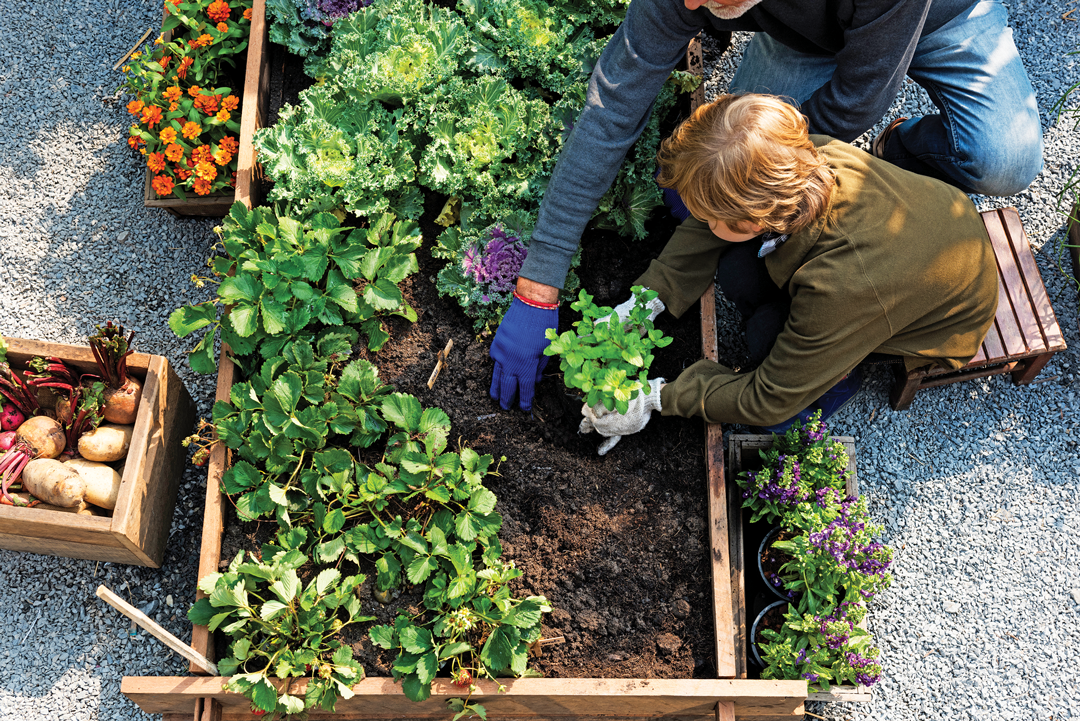The Comprehensive Overview to Gardening: Discover the Benefits of Different Styles and Approaches
Horticulture encompasses a diverse variety of designs and techniques, each offering unique benefits customized to specific choices and ecological contexts. From the structured style of formal gardens to the natural appeal of permaculture, recognizing these variants is important for cultivating an area that not only flourishes but also shows individual values and appearances. In addition, lasting techniques play a vital function in improving local ecosystems and guaranteeing long-lasting success. As we check out these different styles, it comes to be obvious that the options made can significantly influence both the yard's health and its payment to the surrounding atmosphere.
Recognizing Gardening Fundamentals
Recognizing the basics of gardening is crucial for growing a thriving and sustainable garden. An effective horticulture undertaking starts with a strong structure of understanding regarding soil, plant option, and environment considerations.
Choosing the right plants is similarly vital. Recognizing their particular requirements-- such as sunshine, water, and spacing-- makes certain compatibility with the neighborhood climate and dirt problems. This option procedure need to also think about the development routines and lifecycle of plants, permitting a well balanced and cosmetically pleasing yard.
In addition, reliable sprinkling techniques are important. Over-watering and under-watering can both lead to plant stress and anxiety and illness. Applying a routine based upon seasonal modifications and plant demands can improve water performance.
Popular Gardening Styles
What defines the significance of preferred horticulture styles? These designs encapsulate diverse aesthetic principles, useful needs, and ecological considerations, inevitably showing the gardener's individual vision. Among one of the most prominent designs is the cottage yard, identified by its casual layout and a dynamic array of blossoms and veggies. This method emphasizes an unified mix of color and texture, developing a welcoming ambience.
Alternatively, the formal garden symbolizes proportion and order, often featuring geometric patterns and meticulously trimmed hedges. This style interacts sophistication and elegance, with carefully picked plants that strengthen an organized aesthetic.
The Japanese yard provides a serene and reflective experience, utilizing natural elements like water, rocks, and plants to create a relaxing environment. It focuses on simpleness and balance, motivating contemplation.
Furthermore, xeriscaping has gotten popularity, especially in deserts (Gardening). It prioritizes drought-resistant plants and reliable water usage, advertising sustainability while enhancing landscape appeal
Advantages of Container Gardening
Container horticulture provides a plethora of benefits that make it an attractive choice for both beginner and find here skilled garden enthusiasts alike. Among the key benefits is flexibility; containers can be placed in various places, allowing garden enthusiasts to maximize sunlight exposure and produce visually enticing setups. This adaptability makes it feasible to garden in spaces where conventional in-ground gardening may not be possible, such as terraces, outdoor patios, or urban atmospheres.
Furthermore, container gardening gives much better control over soil problems. Garden enthusiasts can personalize the dirt mix to suit particular plants, making sure optimum water drainage and nutrient schedule. This is specifically beneficial for individuals living in locations with inadequate or contaminated dirt.
One more considerable advantage is the minimized threat of pests and conditions. Container plants can be checked a lot more easily, and any issues can be resolved without delay. Moreover, this method can lessen the spread of invasive species.
Sustainable Horticulture Practices
Sustainable gardening methods are crucial for promoting environmental health and wellness and improving biodiversity in our communities. These techniques prioritize environmental balance, source conservation, and the usage of natural techniques to decrease adverse environmental impacts. By utilizing strategies such as composting, gardeners can reduce waste while enhancing soil health and wellness, therefore promoting a thriving yard environment.
Water preservation is one more essential element of sustainable horticulture. Techniques such as rain harvesting, drip watering, and using drought-resistant plants can significantly minimize water usage while ensuring that plants receive sufficient moisture. Additionally, incorporating indigenous plant species right into garden designs sustains regional wild animals and click here to read lowers the requirement for chemical plant foods and pesticides, which can be harmful to the atmosphere.

Eventually, sustainable gardening methods not just add to healthier yards but also advertise an even more resilient setting, providing long-lasting advantages to both the gardener and the bordering community.
Tips for Successful Horticulture
To cultivate a successful yard, gardeners need to focus on careful preparation and thoughtful execution of their gardening approaches. Begin by evaluating the local environment and dirt problems, as these elements considerably affect plant option and development. Select plants go to my blog that are appropriate to your environment, thinking about native varieties that will certainly love marginal treatment.
Executing a well-structured layout is essential (Gardening). Utilize friend growing techniques to promote biodiversity and natural pest control, while ensuring each plant has ample room for development. This not only improves visual appeals yet likewise improves general plant health
Routine upkeep is essential to a successful garden. Establish a consistent routine for watering, weeding, and fertilizing. Mulching can aid preserve wetness and suppress weeds, while also adding raw material to the dirt.
Don't ignore the relevance of observation. Consistently monitoring plant health and wellness and growth will certainly enable prompt treatments. Lastly, be open to finding out and adapting; gardening is a continuous process that benefits from experience and experimentation. By focusing on careful planning, implementation, and ongoing maintenance, gardeners can attain a lively and effective garden that flourishes throughout the seasons.
Conclusion


In summary, the expedition of diverse gardening styles and techniques reveals their diverse benefits, contributing to both visual appeal and ecological wellness. Container gardening offers versatility and availability, while sustainable practices improve environmental stewardship.